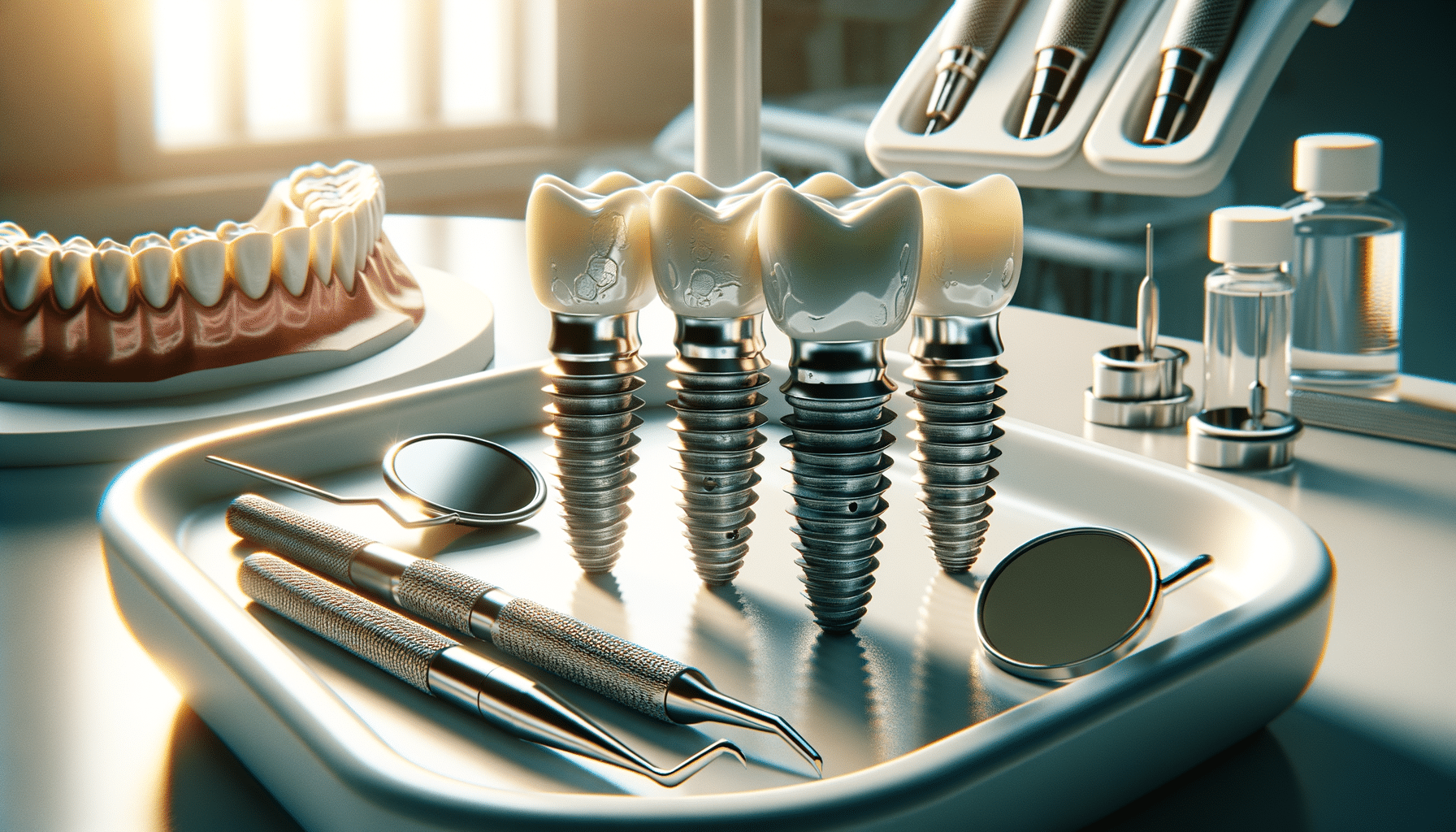
Exploring Affordable Dental Care: Options and Opportunities
Introduction to Affordable Dental Care
Maintaining oral health is essential for overall well-being, yet the cost of dental care can be a significant barrier for many individuals. Understanding the available options for affordable dental care can empower people to seek necessary treatments without financial strain. This article explores various avenues through which affordable dental care can be accessed, highlighting the importance of oral health and the opportunities available for cost-effective dental solutions.
Community Health Clinics and Their Role
Community health clinics play a pivotal role in providing affordable dental care to underserved populations. These clinics often offer services on a sliding scale based on income, making dental care accessible to those who might otherwise forgo it. By utilizing community health clinics, patients can receive essential services such as cleanings, fillings, and preventive care at reduced costs.
These clinics are typically staffed by licensed professionals, including dentists and dental hygienists, who are committed to serving their communities. The emphasis on preventive care helps reduce the long-term costs associated with dental issues, as catching problems early can prevent more extensive and expensive treatments later on. Patients benefit not only from lower prices but also from the opportunity to learn about oral health maintenance from knowledgeable staff.
Furthermore, community health clinics often collaborate with dental schools, providing additional resources and expertise. This collaboration can lead to innovative approaches to dental care, ensuring that patients receive high-quality treatment despite the reduced costs. The availability of such clinics underscores the importance of community-based solutions in addressing healthcare disparities.
Dental Schools: A Win-Win Solution
Dental schools offer another avenue for affordable dental care, providing services at a fraction of the cost of traditional dental offices. These institutions allow dental students to gain hands-on experience by treating patients under the supervision of experienced faculty members. This arrangement benefits both the students, who gain practical experience, and the patients, who receive quality care at reduced rates.
Patients visiting dental schools can expect a wide range of services, from routine check-ups to more complex procedures. The supervision by faculty ensures that care is delivered with a high standard of quality and safety. Additionally, dental schools are often at the forefront of the latest dental technologies and techniques, providing patients with access to cutting-edge treatments.
While the appointments at dental schools may take longer due to the educational nature of the setting, patients often find the cost savings to be a worthwhile trade-off. This option is particularly beneficial for those without dental insurance or those with limited coverage, as it opens up access to necessary dental care that might otherwise be financially prohibitive.
Dental Savings Plans as an Alternative
For individuals seeking an alternative to traditional dental insurance, dental savings plans offer a viable solution. These plans work like a membership, where participants pay an annual fee to access a network of dentists who offer discounted rates on various services. Unlike insurance, there are no deductibles or annual maximums, providing members with flexibility and control over their dental care decisions.
Dental savings plans can be particularly advantageous for those who require regular dental care but find insurance premiums unaffordable. The discounts provided can apply to a wide range of treatments, including preventive, restorative, and cosmetic procedures. This makes dental savings plans an attractive option for individuals and families looking to manage their dental expenses effectively.
In addition to cost savings, these plans often include other benefits, such as discounts on vision and hearing care, making them a comprehensive option for overall health maintenance. By choosing a dental savings plan, patients can prioritize their oral health without the financial burden often associated with dental care.
Government Assistance Programs
Government assistance programs provide crucial support in making dental care affordable for low-income individuals and families. Programs such as Medicaid and the Children’s Health Insurance Program (CHIP) offer dental benefits that cover a range of services for eligible participants. These programs ensure that vulnerable populations, including children and the elderly, have access to necessary dental care.
Medicaid, for instance, offers dental benefits that vary by state but often include preventive and restorative services for children, and sometimes for adults. CHIP, on the other hand, specifically targets children in families that earn too much to qualify for Medicaid but still need assistance. The availability of these programs highlights the commitment to addressing healthcare disparities and ensuring that oral health is not neglected.
Eligibility and coverage details can be complex, so it’s essential for individuals to research the specific benefits available in their state. By understanding these programs, patients can take advantage of the resources provided to maintain their oral health, demonstrating the importance of government intervention in healthcare accessibility.
Conclusion: Prioritizing Oral Health Affordably
Exploring affordable dental care options is crucial for maintaining oral health without financial hardship. From community health clinics to dental schools, dental savings plans, and government assistance programs, a variety of opportunities exist to access quality dental care affordably. By understanding and utilizing these resources, individuals can ensure that their oral health needs are met, contributing to their overall well-being. Prioritizing oral health doesn’t have to be a financial burden, and with the right information, affordable care is within reach.


